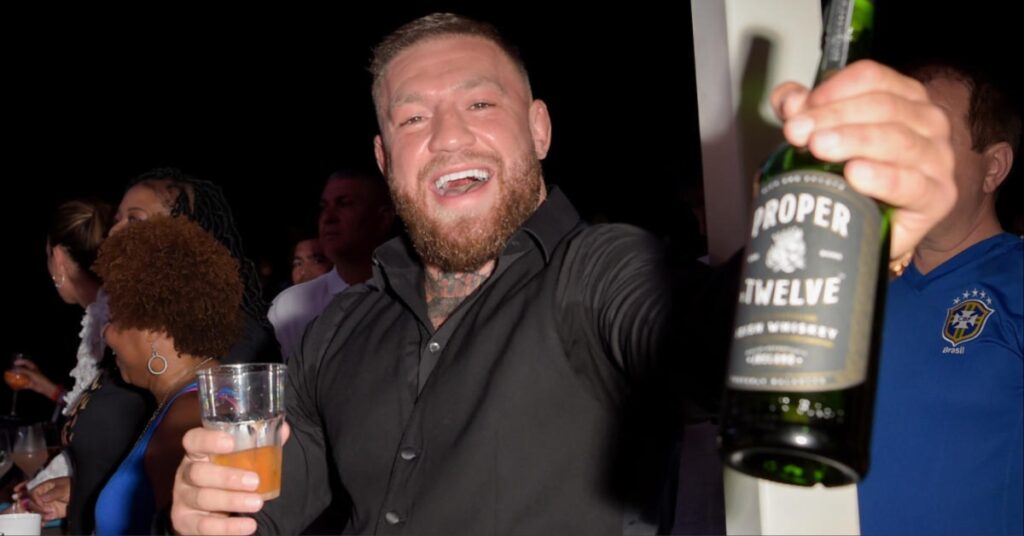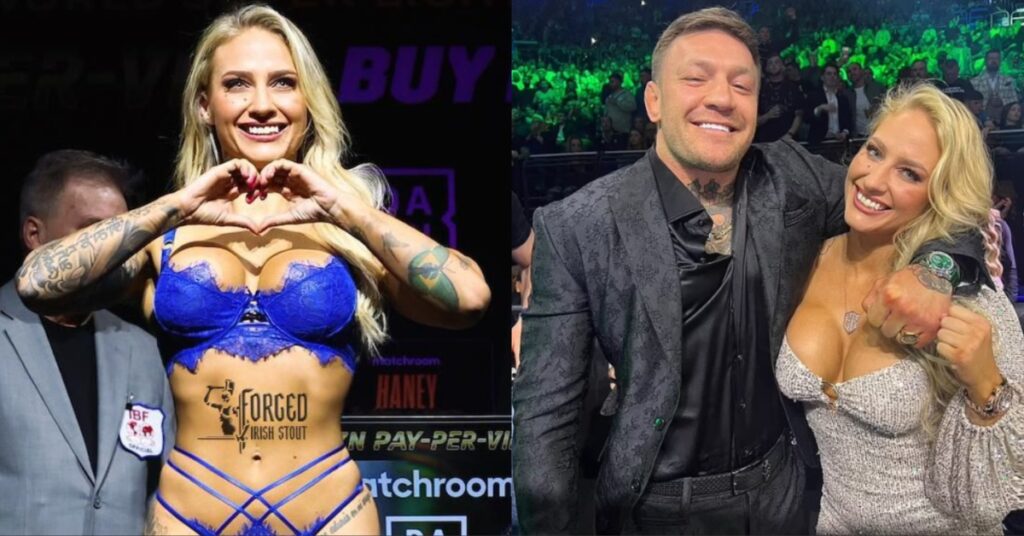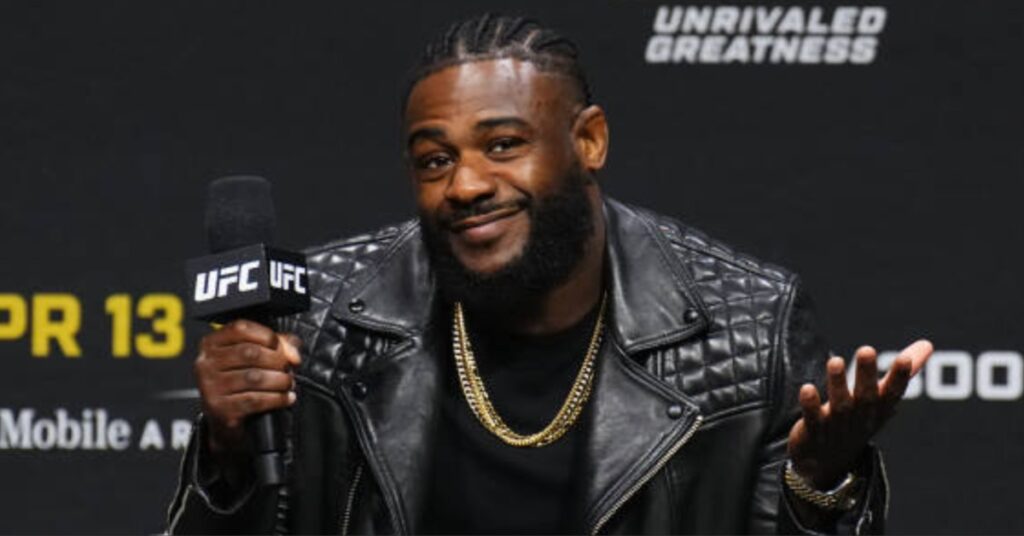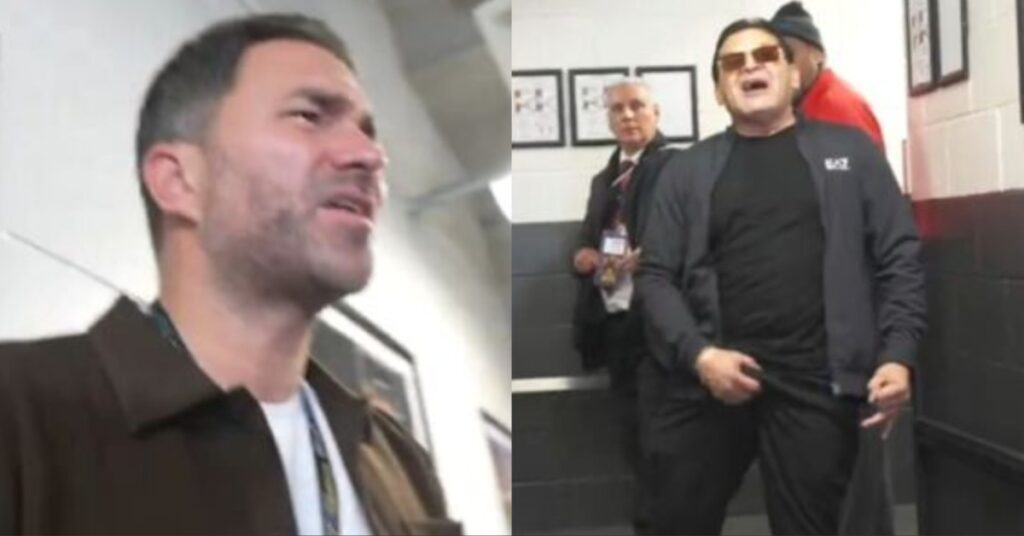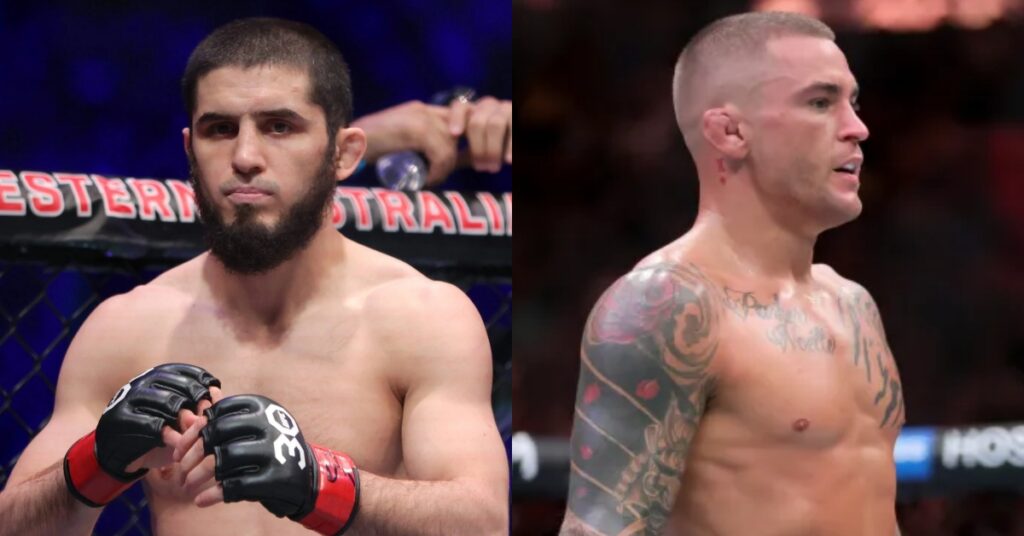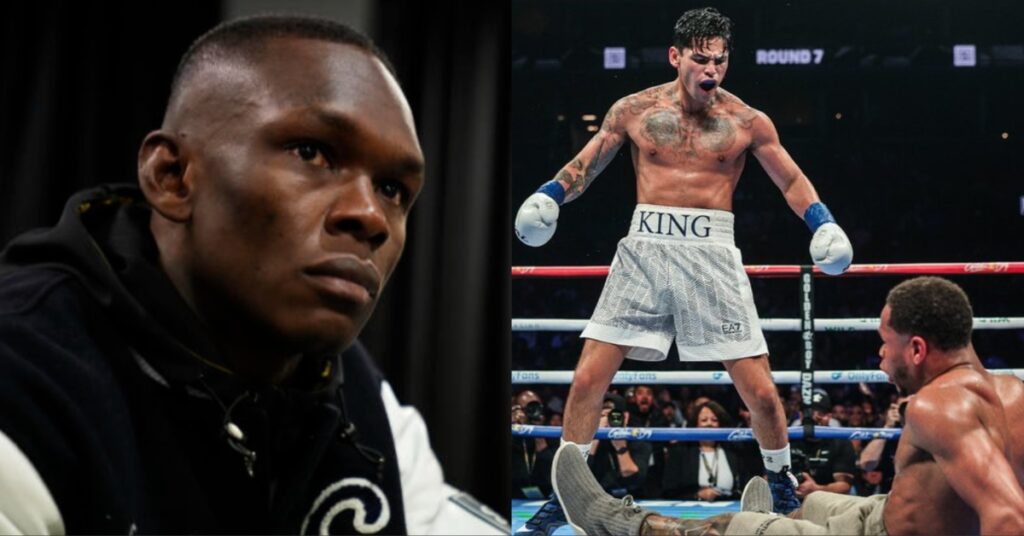Is It Time To Shift Our Focus In An Era Of Jam-Packed UFC Schedules?
Last night’s (Sat., August 30, 2014) UFC 177 pay-per-view (PPV) from the Sleep Train Arena in Sacramento, California, elicited a colorful spectrum of emotions from hardcore MMA fans everywhere (not many casual ones were supposed to have tuned in).
After all, the card, which once featured two title fights until Demetrious Johnson vs. Chris Cariaso was moved to September 27’s UFC 178, was on life support after former bantamweight champion Renan Barao was forced out of his main event rematch with TJ Dillashaw after fainting while cutting weight prior to Friday’s weigh-ins.
The card was kept on pay television, and it was largely billed as the worst PPV in UFC history. However, when the dust settled on UFC 177, the main card actually delivered a very entertaining main card that featured four finishes. Late replacement Joe Soto provided a surprisingly tough challenge for Dillashaw; lasting until the final round until a massive head kick sealed his fate.
UFC 177’s success in terms of fighter performance gave Dana White the out of saying it simply didn’t matter how much star power was on a card. Obviously that’s just never going to be the case; that’s not how the fight game works.
Yet the event brings to light a larger issue. In this age of seemingly endless events with increasingly watered-down lineups, is it simply time for us, as fans, to stop expecting the stacked PPV cards that we knew and loved in Zuffa’s heyday of roughly 2005-2010?
Over saturation has obviously been one of the hotter topics in MMA this year, and for good reason. But it’s been debated to death, and regardless of what we think, the UFC is committed to expanding their brand as much as possible, so the promotion will probably exceed their insane schedule of 43 events in 2014 with even more in 2015.
With MMA getting more exposure (it could be argued that it’s not necessarily more popular) than ever, there are just so many more fighters on the UFC roster, and that means they need more and more fights to facilitate their growing pool of talent. As fans, we should probably view this as a good thing, but it’s just so hard to let go of the long-held notions of wanting one of our favorite stars to headline cards on a frequent basis.
It goes without saying that the UFC has certainly ran into a run of extremely bad luck in the year they put forth their most aggressive schedule. With Jose Aldo, Georges St. Pierre, Anthony Pettis, Johny Hendricks, Anderson Silva, Jon Jones, Alexander Gustafsson, and Cain Velasquez all missing fights due to injury this year, more champions and top PPV draws are injured than fighting.
When they come back, as they soon should at the beginning of next year, the UFC will have an influx of star power that we’ve grown to expect.
However, it’s just not something that we should expect on every show anymore. It’s just not sustainable, and in an era of massive UFC expansion (for better or worse), we just have to begin to shift some of our focus on the developing talent that will be fighting on FOX Sports 1 and Fight Pass cards week in and week out.
There will be the usual holiday blockbuster cards, and cards like UFC 178 will show up once in awhile, too. Overall, we’re just gong to have to accept a lower caliber of show in terms of name recognition, but not necessarily in terms of overall fighting entertainment value.
UFC 177 last night was a perfect example, and last weekend’s (Sat., August 23, 2014) UFC Fight Night 49 from Tulsa, Oklahoma, with its four knockouts and one submission on the main card, is another. Neither one was billed as a heavy-hitting show, but both delivered.
So maybe we should lighten up a bit and just enjoy the fights. Every one can’t be a blockbuster. Even those shows fall flat sometimes, while lesser-known events deliver on the heels of the sheer emotion and urgency of the up-and-coming fighters involved.
It’s a price to pay for the sport we love grow towards being a mainstream competition, and it’s a small one to see MMA continue to expand worldwide. Let’s just hope that the UFC doesn’t bite off more than they can chew in 2015.
Photo: Kyle Terada for USA TODAY Sports

